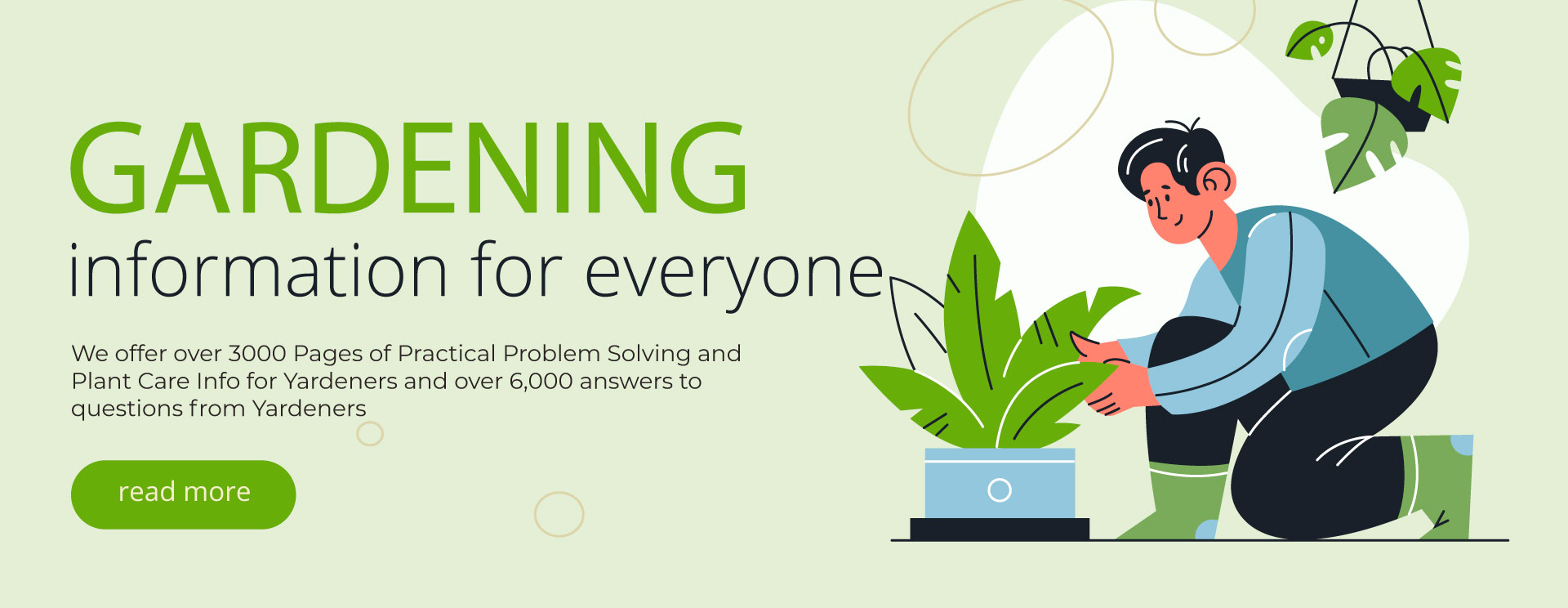Welcome to the Yardener blog, where we are sharing guides on how to convert your front lawn into a beautiful and sustainable drought-tolerant garden. In this comprehensive guide, we will try to cover everything you need to know to create a stunning landscape that conserves water and thrives in dry conditions.
Why Choose a Drought-Tolerant Garden?
Benefits of Drought-Tolerant Gardens
Reduces water consumption significantly
Low maintenance requirements
Resilient plants that thrive in dry conditions
Cost-effective in the long run
Environmental Impact of Traditional Lawns
"The American residential lawn is the single largest irrigated crop in the country." - NASA scientist Dr. Cristina Milesi
Traditional lawns require excessive watering, fertilizers, and pesticides, contributing to environmental degradation and water scarcity. By transitioning to a drought-tolerant garden, you can play a crucial role in conserving our precious resources and promoting sustainability.
Planning Your Drought-Tolerant Garden
Assessing Your Landscape
Before diving into the transformation process, it's essential to evaluate your current front lawn. Consider factors such as:
Soil type and quality
Sun exposure throughout the day
Existing plants and their health
Designing Your Garden
Embrace Native Plants
Choose native plants that are well-adapted to your region's climate and require minimal watering. They have evolved to thrive in local conditions, making them ideal for drought-tolerant gardens. Some popular choices include:
Lavender (Lavandula)
California Poppy (Eschscholzia California)
Red Yucca (Hesperaloe parviflora)
Incorporate Hardscaping Elements
Integrate hardscaping elements such as gravel pathways, decorative rocks, and retaining walls to add visual interest and reduce the area that needs watering.
Efficient Irrigation Systems
Consider installing drip irrigation or using soaker hoses to ensure efficient water distribution directly to the plant roots. This minimizes water wastage through evaporation.
Soil Preparation and Planting
Soil Amendments
Before planting, enrich your soil with organic matter such as compost or well-rotted manure. This improves soil structure, enhances water retention, and promotes healthy plant growth.
Planting Techniques
Follow these tips for successful planting:
Dig holes slightly larger than the root balls of your plants.
Space plants appropriately to allow for their mature size.
Water thoroughly after planting and continue regular watering until the plants are established.
Maintenance Tips for a Thriving Drought-Tolerant Garden
Mulching
Apply a layer of organic mulch around your plants to conserve moisture, suppress weed growth, and regulate soil temperature.
Watering Practices
Water deeply but infrequently to encourage deep root growth.
Water in the early morning or late evening to minimize evaporation.
Adjust the watering frequency based on weather conditions and plant needs.
Pruning and Deadheading
Regularly prune your plants to maintain their shape, remove dead or diseased foliage, and promote healthy growth. Deadheading spent flowers also encourages prolonged blooming.
Additional Resources for Further Exploration
For more information on drought-tolerant gardening, check out these helpful resources:
Congratulations! You are now equipped with the knowledge and guidance to transform your front lawn into a stunning drought-tolerant garden. By implementing the tips and techniques shared in this blog, you can create a sustainable landscape that not only conserves water but also enhances the beauty of your home. Embrace the power of nature and embark on this rewarding journey of creating a vibrant and resilient garden that will thrive for years to come.
Remember, every step you take towards a drought-tolerant garden contributes to a greener and more sustainable future. Happy gardening!
For more in-depth tips, personal anecdotes, and a deeper dive into the world of gardening wisdom, hop over to www.yardener.com. There, you'll find a treasure trove of resources to elevate your gardening experience.


